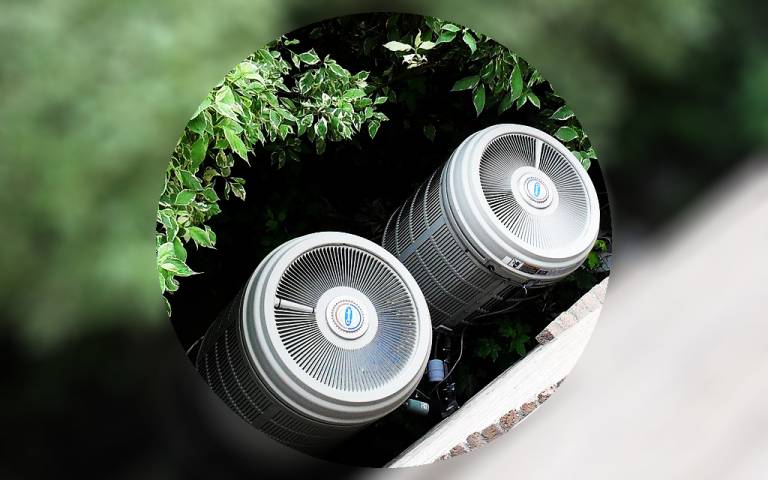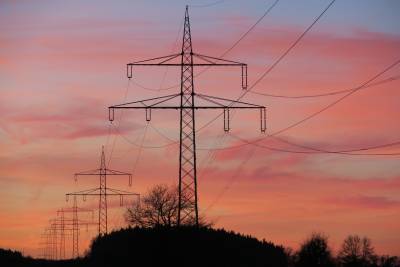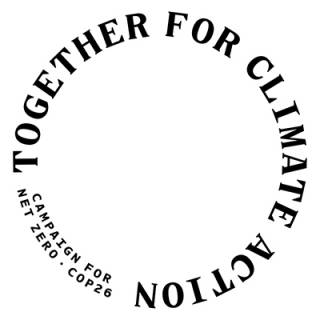Making heat pumps happen
1 June 2021
A summary of the latest research enabling heat pumps to go large scale

Heat pumps are an electrical technology which could help us decrease the carbon footprint associated with our domestic heating. They use electricity to move heat from a cold place (such as air outside a building) to a warm place (such as the heating system in a building). The UK government has an ambition that 600,000 heat pumps will be installed every year by 2028. However, they are still uncommon in the UK and they work differently from the gas boilers many of us are used to. A lot of recent research has looked at how to integrate heat pumps into our lives, homes and energy system, and this article summarises some of this enabling research which could help make heat pumps happen.

The heat pump in Highfield Park, St Albans, used with permission of Highfield Park Trust

A good place to start is people actually knowing what heat pumps are. Yet according to the latest data, 59% of people have either not heard of them, or have heard of them but don’t know what they are. Women are less likely to know about them than men – two thirds of women don’t know what air source heat pumps are - and people from less advantaged backgrounds are also less likely to know what they are. As we transition to a low carbon society it is imperative that all types of people can play a part and have their views represented so there is lots of work to do. I love hearing about creative ways of doing this, like this website called pump:chic, where people can have some fun rating whether heat pump installations look hot or not…

Rating system by Michael Fell, taken from his website pump:chic

Next, how will heat pumps fit into the existing electricity system? Answer: they won’t – if everyone installed heat pumps then it is estimated that we would need 60% more electricity than we currently generate over a year. Because this extra electricity is used for heating, its use is not spread evenly over the year – we need little extra in summer but the winter peak electricity demand would be just over double what it is currently. The imbalance between winter and summer demand would also mean we need a way to store solar energy generated in the summer to be used as heat in winter, and we would also need larger electricity distribution cables to be able to deliver the winter peak demand.

Image credit: H.Hach from Pixabay

All of this sounds like a lot of change – and it is. But there are several things we could do which would reduce the extra burden on the electricity system. We could change the timing of heat pump use on winter days so that it firstly doesn’t coincide with when everyone is cooking (so the peak estimation in the previous paragraph would be reduced) and secondly the heat pump can run when the wind is blowing or the sun is shining (so that heat pumps can use renewable electricity). This will probably involve connecting the heat pump to the internet and allowing an algorithm to turn the heat pump on and off according to how available renewable electricity is each hour versus how much is being demanded. This is all technically possible and has been shown to work.
The social implications of this are very interesting and important. Firstly, running heat pumps like this will probably mean they are on during the day and to some extent at night. As the pandemic will probably lead to a permanent increase in working from home for many of us, we will stay nice and warm through the day. But having the heating on at night can cause people to feel too hot. Also, there is a debate as to the best way to have an algorithm run the heating whilst still respecting that the occupants might like to be involved.
Finally, how will heat pumps integrate into our existing buildings? There are two important questions here – will we need to replace our radiators, and will we need to insulate our homes to make heat pumps work efficiently in them?
Heat pumps like to deliver heating at low temperatures for long periods of time, as opposed to the short bursts at high temperature we are used to from boilers. Can our radiators work in this new way and keep us warm? A recent study on this says no, but in my opinion more research is needed into the radiator question as, perhaps surprisingly, we know very little about what sort of temperatures our radiators are really running at and how compatible heat pumps may be with them.
Physics dictates that the better insulated the building, the more efficiently a heat pump can heat it. However the jury is still out on exactly how well insulated our buildings need to be for the pumps to work well enough. German field trials have concluded that heat pumps are suitable for their older building stock, but their old buildings tend to be newer than ours.
In summary, there is a lot to be done if heat pumps are to be used in the UK at scale. The starting point is people knowing what they are and accepting a different sort of heating pattern; we also need a stronger electricity network and much more renewable electricity, and we may need some new radiators and insulation work done on our homes. I also haven’t gone into how the new systems and infrastructure would be financed. However, all of these separate challenges are possible to solve, and as you can see there is already a lot going on to research and address them, in order to make heat pumps happen.
Key references for further information
 Close
Close


